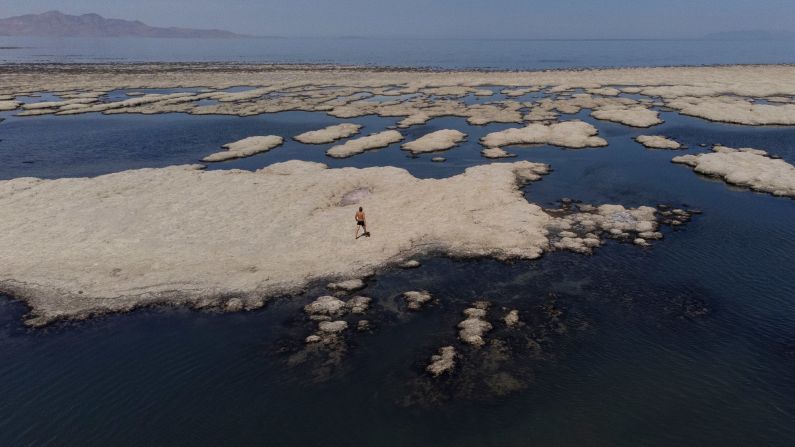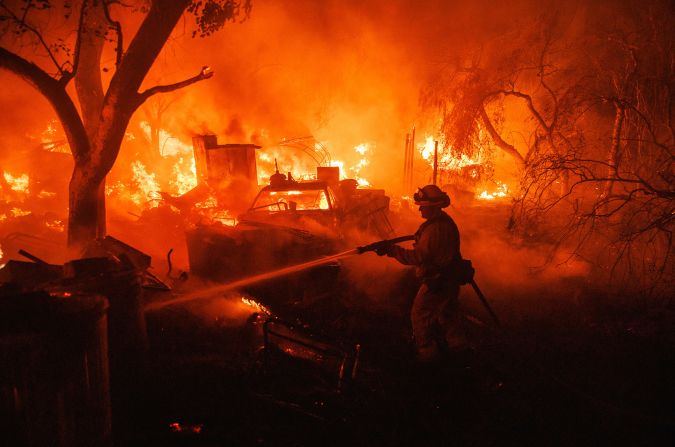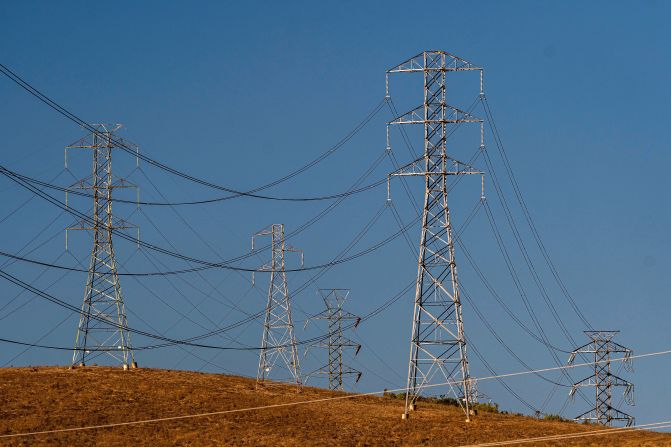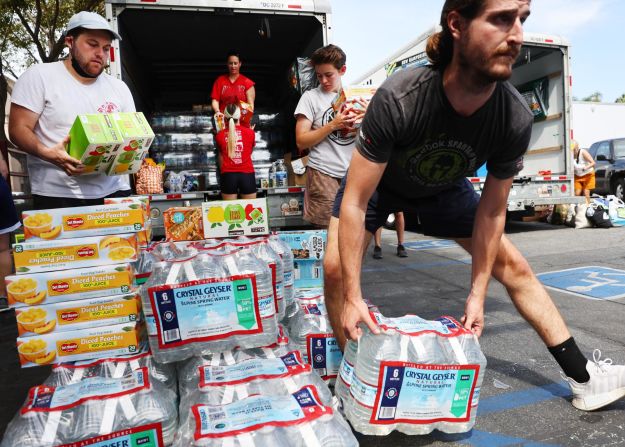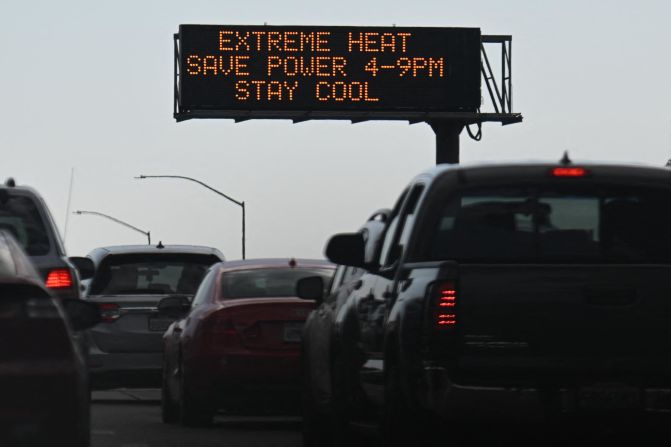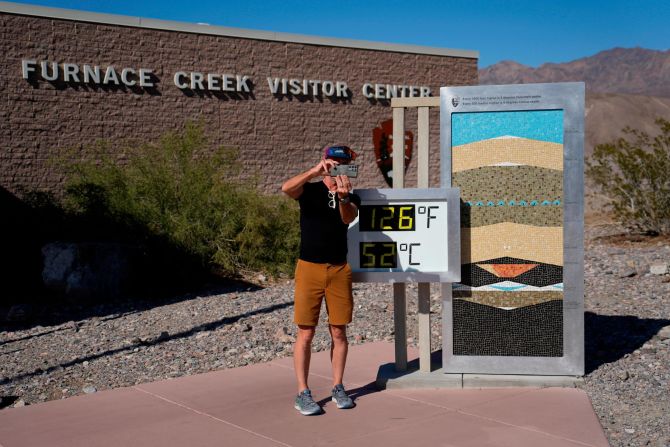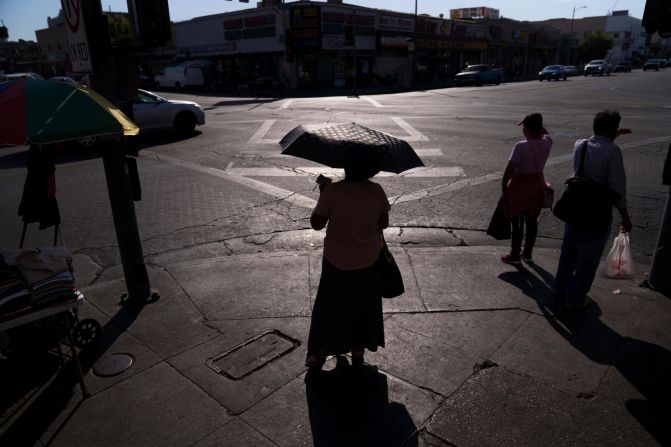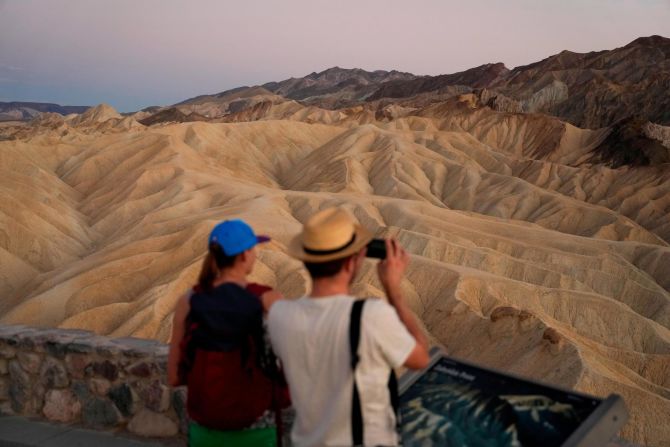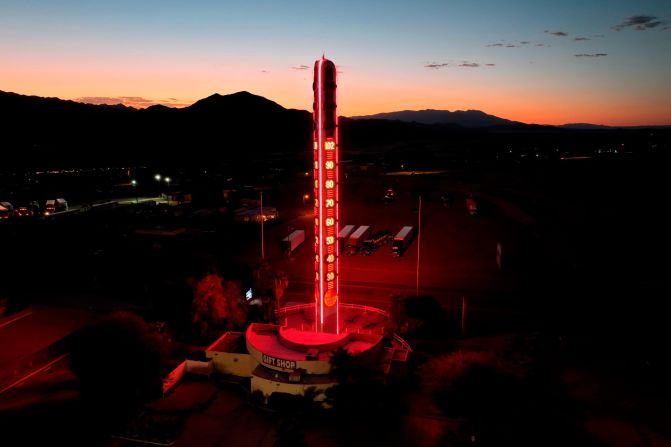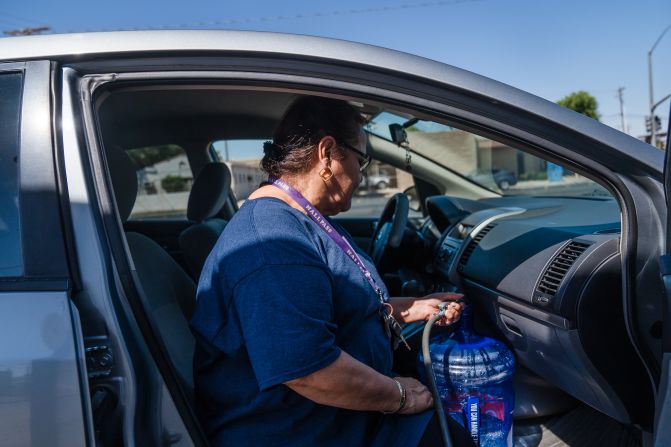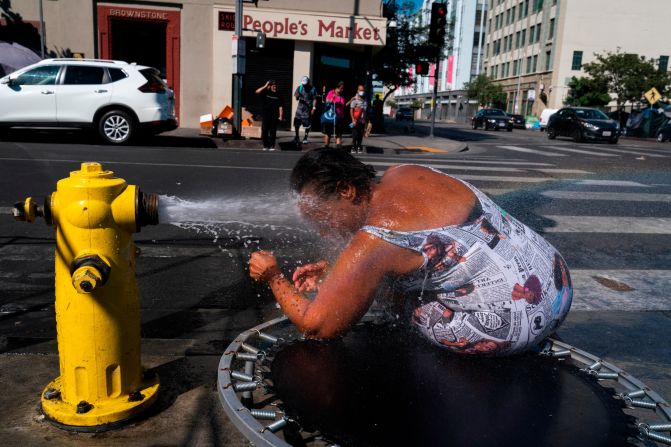This summer hasn’t just seemed hotter than usual — data shows the long, lingering heat waves that blanketed much of the country were unprecedented as the climate crisis pushes temperatures into record territory.
From June 1 through September 12, at least 356 all-time heat records from California to Maine from a subset of weather stations were tied or broken, according to a CNN analysis of National Oceanic and Atmospheric Administration data. CNN examined the highest maximum and minimum temperatures collected by weather stations across the country with at least 30 years of data.
Although large swaths of Texas and California endured triple-digit temperatures for several days in a row, the state that matched or exceeded the most heat records this summer was Oregon. The Beaver State registered all-time record heat 66 different times this summer, nearly 60 of them in July alone.
As sweltering as things may have felt during the day, the heat after the sun went down was even more unusual. In the lower 48 states, the nighttime lows this summer were the hottest on record. More than 70% of all the heat records tied or broken were for the hottest low temperature achieved during the day.
In addition to several high pressure systems across the West and Northeast, the greater number of nighttime records versus the daytime can be partly explained by the wet conditions in some parts of the country, according to Ahira Sanchez-Lugo, a climatologist at NOAA’s National Centers for Environmental Information.
“Clouds help make the daytime temperatures a bit cooler since they help block the sun’s solar rays, while trapping the Earth’s heat during the night,” Sanchez-Lugo said.
A North American monsoon was active in the southwest this summer and rain clouds have kept daytime high temperatures at bay and overnight low temperatures elevated, Sanchez-Lugo said. In New Mexico, for example, all 15 of the heat records tied or broken in July and August were for nighttime lows.
Warming temperatures at night pose a particular threat to communities without air conditioning, such as those in metro areas in California and Oregon. More than half of residents in the San Francisco metro area lack air conditioning, according to the 2019 American Housing Survey. In San Antonio and Boston, which are located in more humid climates, the same is true of fewer than 10% of homes.
However, the heat records broken in California and Oregon occurred in the inland mountain and desert regions, which are more sparsely populated. Although temperatures in the 90s and even 100s and 110s can occur in parts of metro Los Angeles, San Francisco and Portland, the biggest reason those cities have fewer air conditioned homes is because of much cooler ocean temperatures than on the Gulf and East Coasts.
“The seabreeze almost always blows the cooler air over the ocean over land to keep coastal areas fairly mild,” said Ryan Littrell, a meteorologist at National Weather Service Los Angeles. “As a result, air conditioning is not needed the vast majority of the year.”
Although areas closer to the coast are still getting warmer, the cool Pacific waters have helped dull the heat spikes experienced in places further inland. In downtown Los Angeles, the average high temperature has risen over the past 30 years by 0.7 degrees. Over that same time period, the average high in San Antonio has risen by 2.8 degrees, according to NOAA.
“It is warmer here than the first half of the 20th century, but we still have the cool Pacific Ocean to help,” Littrell said.
Extreme heat is already one of the deadliest weather phenomena, and scientists say heat is becoming more extreme and more frequent because of the planet-warming emissions from burning fossil fuels.
Scientists predict 50-year heat waves — those that are so extreme they would normally only be seen once every 50 years — will become much more frequent as the planet warms. The planet is already 1.2 degrees Celsius warmer than pre-industrial times; at 4 degrees, the chance of a 50-year extreme-heat event will increase to nearly 80% each year.
CNN’s Judson Jones and Krystina Shveda contributed to this report.

